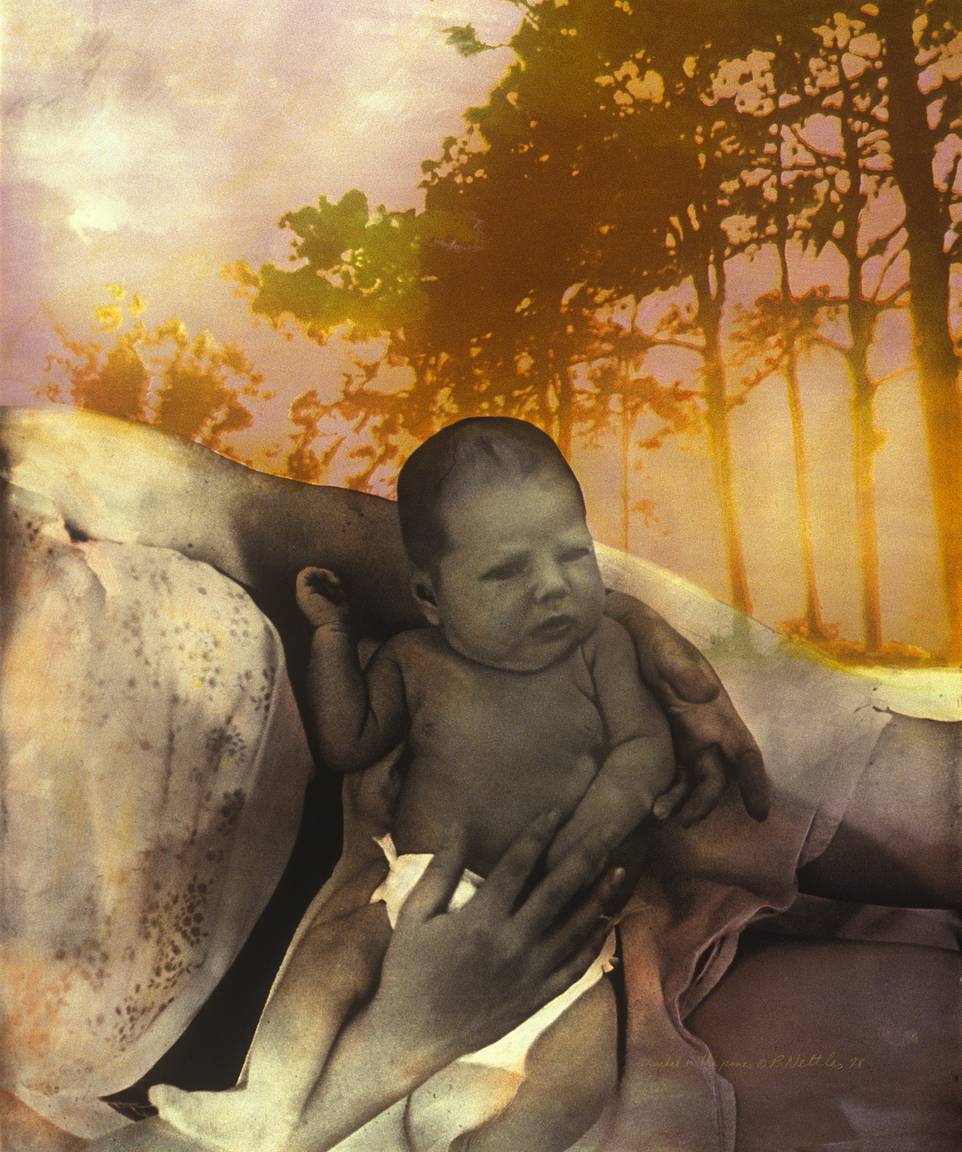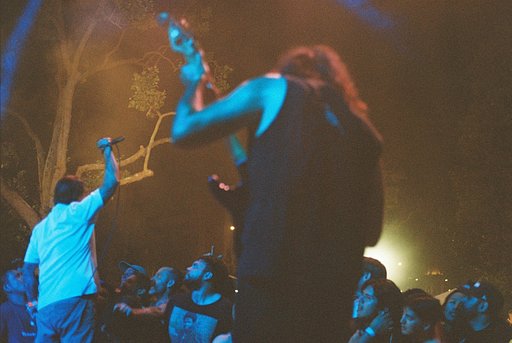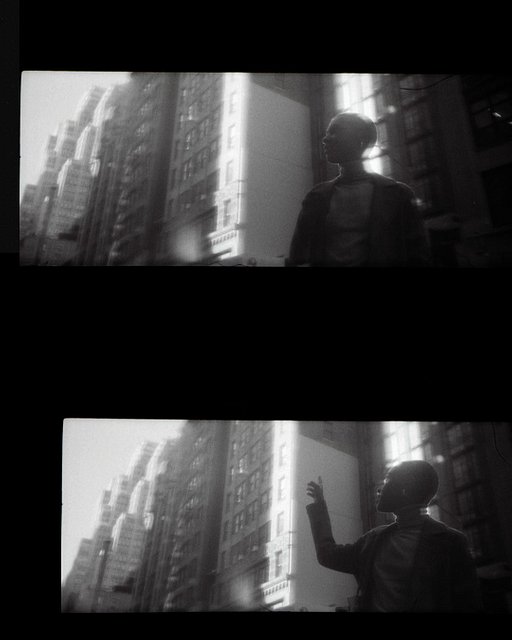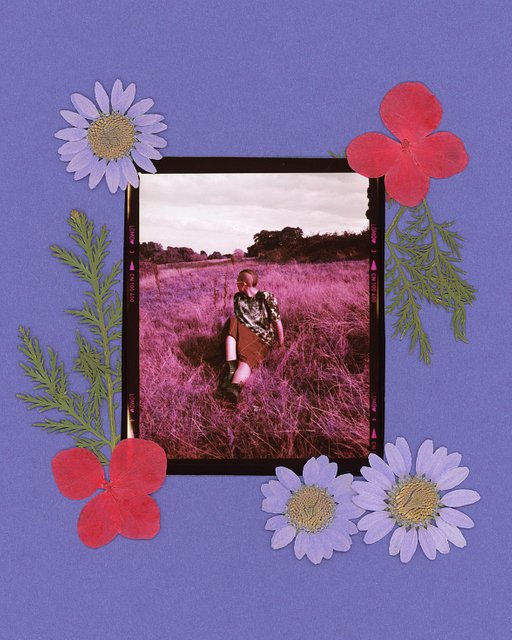Painting the Dreamscape: An Interview with Bea Nettles
1 9 Share TweetWhen it comes to fine art photography, American artist Bea Nettles has been pushing the envelope since the 1970's. The artist is known for her colorful visual stories told by her unique methodologies. At first glance, her photographs have the power to whisk us away to surrealist notions and ideas, but her works are deeply personal and autobiographical as she draws inspiration from her own life, weaving family life into myths and other realities we face on our daily life. The award-winning contemporary fine art photographer continues to build a visual library of its own kind – one that will further shape artists and dreamers alike in the future. She has also published several books, textbooks, and even tarot card decks that make her photographs become something beyond photography. We've been lucky to get an exclusive one-on-one with Bea here in Lomography.
Hey Ms. Nettles! Firstly, you’ve been doing your experimental art and photography since the ’70s. How is life so far as an artist?
Let’s rewind time. Do you remember the first time you encountered a photograph or a camera? Can you recall your impressions about it before? What strikes you most about the photographic medium?
I always wanted to be an artist and was fortunate to have been able to study art in college and graduate school. I have never stopped making images, working with photographs and more recently with words as well. Sharing this work with others is very rewarding, but teaching others to do the same has also been one of my life's major objectives.
Our family did not own a camera, but on special occasions, my father could borrow one from the university where he taught. My earliest clear memory would have been when I was about five years old when my two brothers, and in one picture my mother, stood with our backs against our parked car and my dad took our portraits. The camera he used was a compact Speed Graphic and it made 4x5 negatives which I still have and have worked with. At some later date in my childhood, my father took me to the agricultural department's small darkroom where I watched him make prints. As anyone who has ever seen a print develop in a tray of developer, it is magic. Especially to a young child! When I was 10, my grandmother gave me a red plastic camera that she had obtained as a bonus gift. I shot two or three rolls of film with it. It was my very own camera, but film and processing were a luxury and I didn't take many make any more photographs until I was in my early teens when I used a plastic Kodak camera that I won as a door prize. The rarity of photography was not all that unusual when I was growing up. Also, these images were entirely black and white and highly treasured, taken only on special occasions. Color photography became more common and a bit more affordable as my two younger sisters grew up in the early 60s. Nevertheless, it was not ubiquitous and disposable like it is today.
As a woman who both masters painting and photography, for you, what are the similarities and differences between them? How do you marry both into a singular work?
Both methods are about recording thoughts and images. I began as a painter, and both of my degrees were in painting and printmaking. I came to photography in my senior year in college. I found that I preferred photography for portraits, especially self-portraits. It was so much more convincing, "real" and believable. I liked that. Especially because my work is highly autobiographical and has always been connected to my life's events and direct observation. I love to use paintbrushes, mix colors, make marks, so that has continued to be incorporated when pertinent.
We extremely love your use of alternative photographic and printing techniques. These techniques are pretty old and in the age of digital, the resources and materials for these techniques can pose difficulty in finding them. How’s that going for you? Where do you look for resources?
I have changed my printing techniques many times, sometimes out of curiosity or because I wanted to be able to teach something new to my students, and other times because a medium I was using became unavailable. I have not used a darkroom or photo chemicals for many years. I donated all of my darkroom equipment to a local high school in 2011 because I realized I hadn't used any of it for the past several years. My last roll of black and white film was shot in 2008. Since then I briefly used a digital camera, and now exclusively use my cellphone as my camera. I make limited edition artist's books which incorporate the hand-skills I have learned over the years. I also make open editions of my books utilizing digital printers found at high-end copy shops in my town. Some of my projects are printed at print-on-demand sites as well.
You mentioned in your other interviews about Kwik Print. May you tell us more about the process? Is this your favorite technique?
I have not worked in Kwik Print since 1982. It was discontinued some years ago. I did love the process, as it was a way that I could make multilayered and painterly colored photographic images. It was decades ahead of Photoshop or digital photography and the images I made with it were unlike most of what was being seen at the time. I taught the process in workshops, included it in my textbook Breaking the Rules: A Photo Media Cookbook, which I self-published in 1977, and wrote a few magazine articles about its use. I published my work in this medium in a book called Flamingo in the Dark in 1979. Look online at YOUTUBE and you will find a very good video that shows how the process worked called Bea Nettles & Flamingo in the Dark.
What we love about your work is they’re mostly collages and are very surrealistic especially in Harvest of Memory. May you tell us more about your recurring themes and concept?
I once made a list of recurring themes: Childhood and Character Formation, the Florida Landscape, Water... lakes, ponds, and streams, Gardens... usually walled or private, The moon and its phases, Mythological women, Mothers, Loss, The internal and private... the womb, enclosed spaces, cabinets, vessels, The Tarot deck and its imagery, The passage of Time, Aging.
Lately, what's challenging you right now as an artist?
My Southern story-telling upbringing and especially my mother were major motivations for me. She raised five children and returned to graduate school when she was in her 50s. At that point, she began to write poetry and send it to me. We continued to exchange and collaborate for the next 20 years. She began to teach English at a community college and retired at age 72.. having a 20-year career. She was a major role model. You can read her poetry in a book, also available at LULU called Corners
How does a day in the life of Bea Nettles look like outside art and photography, and what are you up to next?
My days have certain routines (morning coffee, watching the birds at the feeder), but also are unpredictable, as I can often do whatever I wish now that I have retired from teaching. I'm not always in the studio. I garden a lot if the weather permits. I arrange to see friends. I deliver the arrangements I make from flowers in my garden to people. I post to Instagram at beanettles I travel, which I do fairly often, I try to visit graveyards to collect surnames that are nouns, verbs, and adjectives by photographing them with my cellphone. I take these small pictures and write poetry with them and create books. This surname poetry work is my ongoing project, begun in 2010 and continuing. I have to date over 6,700 names that I can use. I have written poems about the seasons, the four regions (PLACE) of the United States (North, South, East, and West), a poem about war & peace called Hawk/Dove which uses only the names from veteran's headstones, my versions of Dante's Inferno and the myth of Persephone, and most recently a book of three stories called World's Motherway about three women who were famous mothers (Eve, Hester of the Scarlet Letter, and Judy of Punch & Judy). You will see examples of this work in my recent monograph Harvest of Memory which is readily available online.
I have already found the following surnames which may end up in my next work, although I will need some time to process this world-shattering event (the words in caps are all surnames): CORONA, FINAL, WARNING, GLOBAL, ANGST, COURAGE, AMISS, VIGIL, TREASURE, CARE and LOVE. Meanwhile, STAY SAFE.
Thank you so much to Ms. Nettles for sharing her inspiring work and fruitful journey with photography! For more of her experimental works, visit her website and her Instagram!
written by cielsan on 2020-04-13 #people #alternative-photography #bea-nettles #alternative-printing-processes
































One Comment